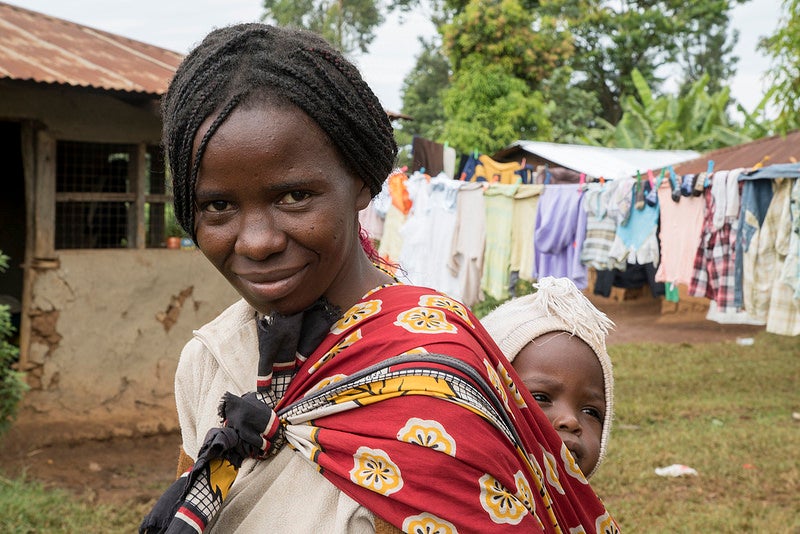
During my dissertation and post-dissertation fieldwork in Kenya and India, I was often struck by how my interviewees—including political elites—framed the issue of electoral violence. For many, such conflict had come to be a normalized aspect of their nations’ politics. Rather than denying that major episodes of election-time violence involved political machinations, respondents typically displaced the blame for such violence onto rival parties and candidates. And yet, there was also an explicit recognition that election-time conflict had come with significant human costs for ordinary Kenyans and Indians. In short, although there was an understanding that the overlap between elections and violence in these countries was far from ideal, there was also an acknowledgement that this was simply how “the game had to played.”
Since the end of the Cold War, developing countries around the world have experienced a rise in election-time violence. From intercommunal clashes in Kenya and India, to intra-ethnic violence in Sri Lanka and Burundi, to partisan violence in Zimbabwe and Bangladesh, it is now clear that elections serve as crucial focal points around which violent conflict can occur. The extant comparative literature on election violence has shown that although there are spontaneous elements to such conflict, electoral clashes typically stem from deliberate elite instrumentalization. A newer wave of scholarship on the topic has begun to consider not only the benefits but also the costs of such violence. Thus, it is safe to say that over the last several years, electoral conflict has become a dedicated area of research and policy analysis, with scholars and practitioners alike investigating such violence in sub-Saharan Africa, South and Southeast Asia, Latin America, and Eastern Europe.
My background paper to the Pathways for Peace study, “Electoral Violence and the Prevention of Violent Conflict,” explored key trends in electoral violence in the post-Cold War period and suggested strategies for its prevention. The first part of the paper consists of quantitative analyses of influential conflict datasets to identify the correlates of electoral violence. The second part compares the drivers of election-time violence in three different countries—Kenya, Sri Lanka, and Cambodia—to develop policy recommendations for its prevention.
Using data from the Armed Conflict Location and Event Data Project (ACLED) and Social Conflict in Africa (SCAD) datasets, I identified the correlates of electoral violence in African and Latin American countries. Although there were some regional differences that emerged from the analyses of the two datasets—for example, presidential systems were most prone to experiencing election-time violence in Africa, while semi-presidential regimes had the highest risk of succumbing to such conflict in Latin America—a few common trends were observed across both regions. The first is that as democracy matures, the rate of election-time violence decreases. In other words, in both Africa and Latin America, younger democracies were found to be more vulnerable to electoral violence than older democracies. Second, and contrary to what the extant institutional design literature has held, federal rather than unitary states were more prone to experiencing election-time conflict in both regions. This finding suggests that rather than merely diminishing the stakes of national elections, decentralization efforts can actually create a new set of (local) contests around which it makes sense to drive and participate in electoral conflict.
The second section of my paper compared three countries—two democratic (Kenya and Sri Lanka) and one authoritarian (Cambodia)—to develop policy recommendations for the effective prevention of election-related violence. The fact that all three of these countries, which vary in terms of their domestic institutions and levels of democratic health, have experienced electoral conflict indicates that there can be no one-size-fits-all approach for containing such violence. Although institutional design can certainly impact whether a country is prone to experiencing election-related conflict, effective prevention strategies must necessarily be context dependent.
However, the background paper held that paying attention to country-specific risks does not mean that comparative policy lessons cannot be drawn and synthesized across cases. One of the core recommendations, then, was for practitioners to identify specific forms of election-time violence and to consider the common factors across different countries that made them susceptible to these particular manifestations of electoral conflict. Such a multi-pronged approach—which takes into account both country-level specificities and broader shared patterns—is likely to yield the greatest results in preventing electoral violence both now and in the future.
Malik is Assistant Professor of Political Science, College of the Holy Cross. She can be reached at amalik@holycross.edu.


Join the Conversation